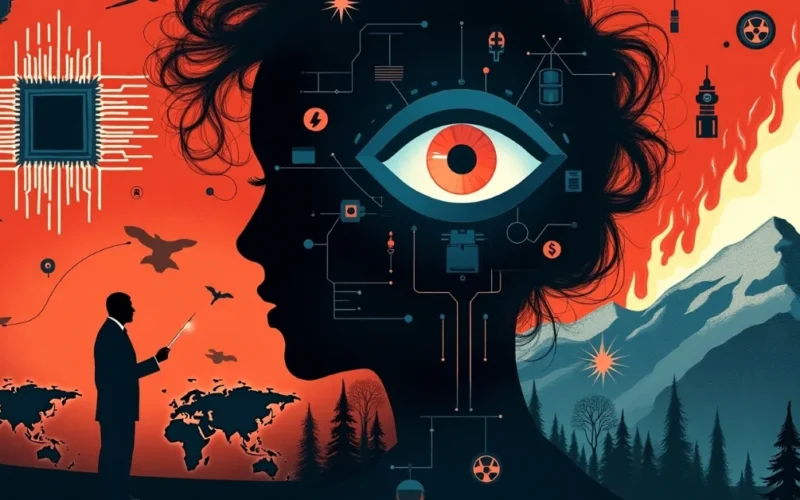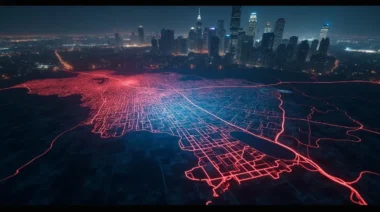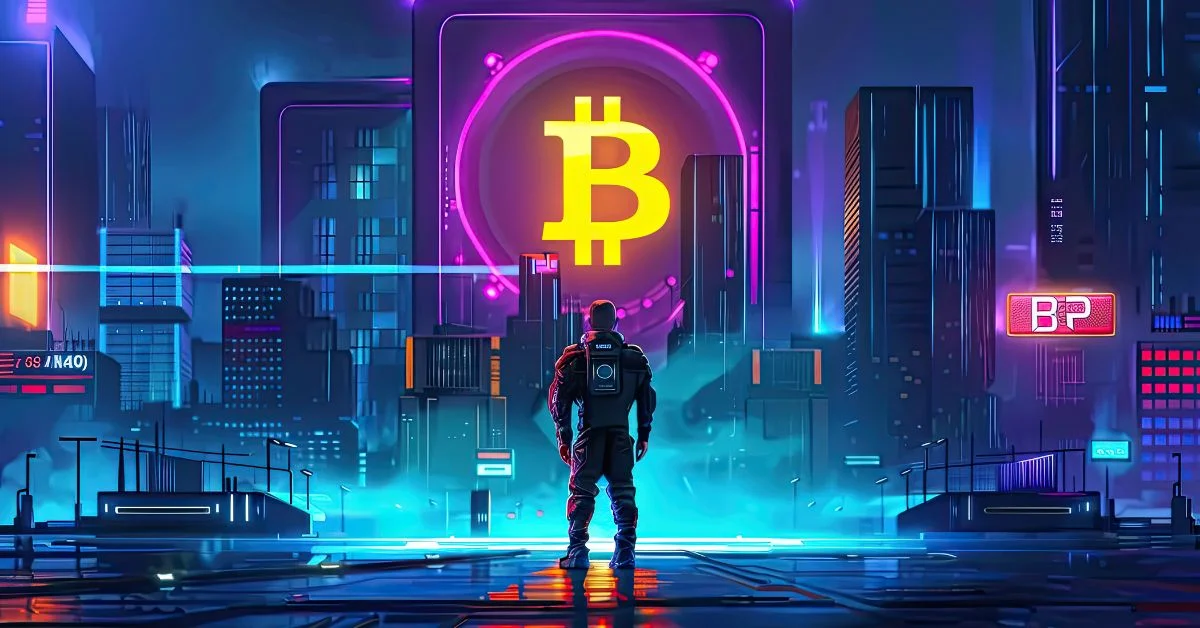Table of Contents
Each year, The Economist’s 2025 cover captures global attention with its bold design and cryptic symbolism, and this year is no exception. Packed with layered visuals and hidden meanings, the 2025 edition combines political forecasts, technological warnings, and environmental clues that many believe hint at what’s ahead for the world.
You might be a data analyst, a curious reader, or someone intrigued by visual storytelling decoding The Economist 2025 cover reveals insights hidden just beneath the surface. From artificial intelligence to elections and even subtle pandemic signals, this year’s imagery invites deep interpretation. Many have even drawn comparisons to the eerie mystery of the Brightburn Mask, a fictional symbol of concealed truths, mirroring how The Economist subtly presents its bold predictions.
Why The Economist Covers Draws Global Attention
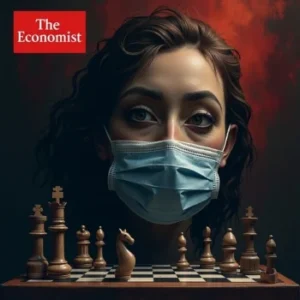 The Economist designers carefully construct the covers as visuals filled with messages. Over the years, these covers have shown an uncanny ability to hint at real events before they unfold. They often summarize complex global topics into a single compelling image, sparking discussions in political, financial, and media circles. This predictive power has given the magazine a unique reputation. These covers forecast the 2008 economic crisis, the rise of nationalism, and the global tech race. They are intentional. The 2025 edition stands out for its symbolic complexity. Its presentation of global shifts reminds some viewers of the Brightburn Mask, which conceals dangerous truths behind a calm exterior.
The Economist designers carefully construct the covers as visuals filled with messages. Over the years, these covers have shown an uncanny ability to hint at real events before they unfold. They often summarize complex global topics into a single compelling image, sparking discussions in political, financial, and media circles. This predictive power has given the magazine a unique reputation. These covers forecast the 2008 economic crisis, the rise of nationalism, and the global tech race. They are intentional. The 2025 edition stands out for its symbolic complexity. Its presentation of global shifts reminds some viewers of the Brightburn Mask, which conceals dangerous truths behind a calm exterior.
1. A History of Symbolic Forecasting
Over the past few decades, The Economist has quietly gained a reputation for offering visual hints about upcoming global events. From 2015 to 2020, the covers subtly but referenced Brexit, the Trump presidency, and the pandemic, long before the headlines appeared. Readers paid closer attention to every symbol, shadow, and figure.
In 2025, the stakes feel higher. The covers display more complex imagery, blending economic chaos, political shifts, and technological threats. Viewers compare the hidden meanings on the cover to the Brightburn Mask, a concept that presents something ordinary while hiding a darker truth beneath the surface.
Hidden Symbols on the 2025 Cover Explained
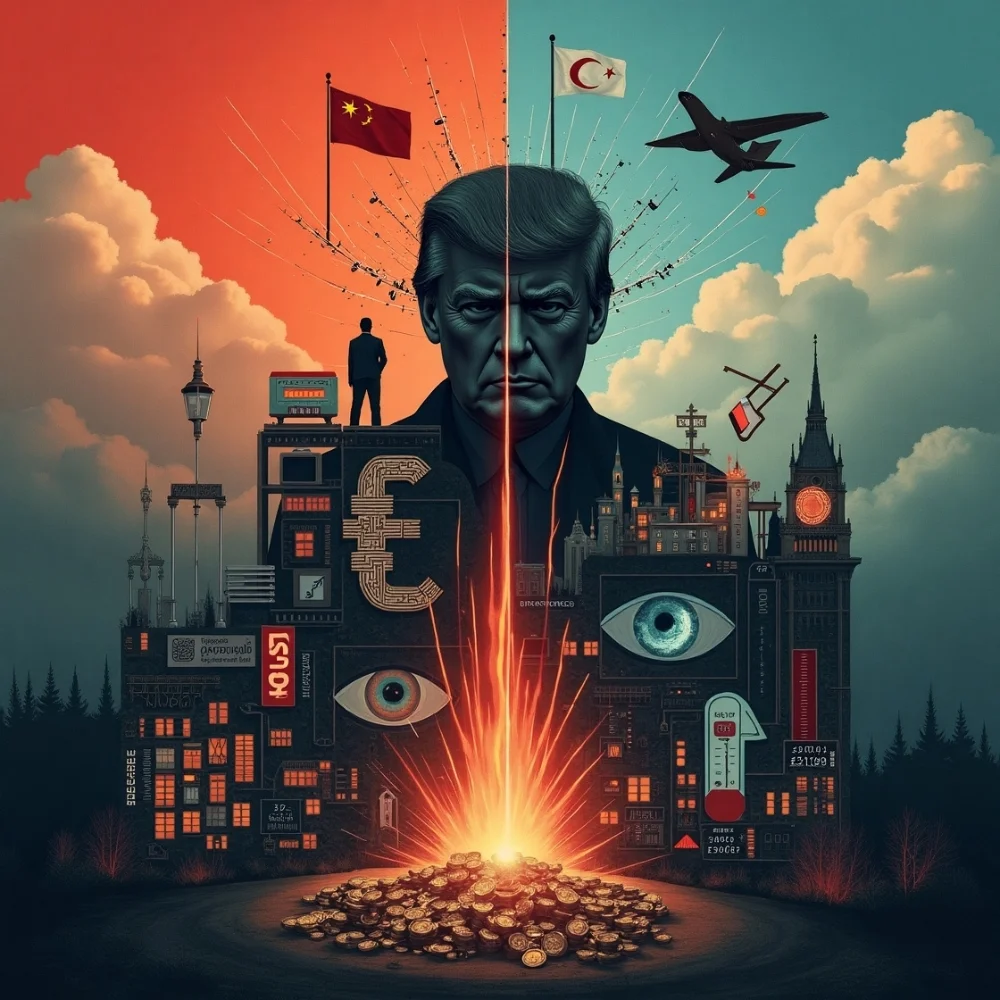
The 2025 edition of The Economist is filled with carefully crafted imagery reflecting global themes across politics, the economy, health, and technology. Every symbol appears intentionally placed, coming together to paint a picture of an uncertain and rapidly changing world.
1. Political Clues and Global Power Shifts
Among the most discussed elements on the 2025 cover is the symbolic nod to BRICS, an alliance between Brazil, Russia, India, China, and South Africa. Their depiction, shown as expanding and advancing, suggests a move toward a more multipolar world, signaling a gradual shift in influence away from traditional Western powers.
The faint silhouette of Donald Trump appears in the distance, possibly alluding to his political comeback in the 2024 U.S. elections and its potential global implications. These visual cues go beyond speculation; they highlight actual geopolitical dynamics. Much like the concept of the Brightburn Mask, the cover uses symbolism to hint at deeper changes beneath the surface of global politics.
2. Economic Forecasts You Might Have Missed
Several visual elements point to an uncertain economic landscape. Falling stock market graphs, rising inflation arrows, and broken currency symbols are used subtly in the background. A small cracked euro sign suggests instability in Europe, while stacked coins leaning dangerously to one side might represent a fragile global economy.
Another symbol, two divided trade routes, hints at weakening alliances and a rise in self-focused trade policies. These economic signs, while small, are powerful, quietly urging investors and policymakers to be cautious about what lies ahead.
3. Tech and AI Warnings in the Imagery
Artificial Intelligence takes center stage on the 2025 cover. A glowing chip, an eye watching from a cloud, and robotic hands shaking each other suggest both opportunity and danger. The rise of AI and data surveillance is being highlighted.
The Economist seems to be warning us: tech is advancing, but we may not be in control. This aligns perfectly with the Brightburn Mask comparison; what appears as innovation may be silently reshaping society in ways we don’t fully understand. The magazine’s use of light and shadow here is deliberate, suggesting a double-edged sword of growth and loss of privacy.
4. Environmental and Health Predictions
The environment and health are featured through familiar symbols like melting ice caps, smoke clouds, and vaccine syringes. One corner of the cover includes a red thermometer and a forest on fire, pointing to growing climate emergencies. Meanwhile, a small group of masked figures and a syringe icon hint at the possibility of future health crises. These visuals reflect real fears that climate change is getting worse, and new pandemics are possibly emerging. Like the Brightburn Mask, these calm visuals hide powerful warnings.
The Vietnam Cover Ban Controversy
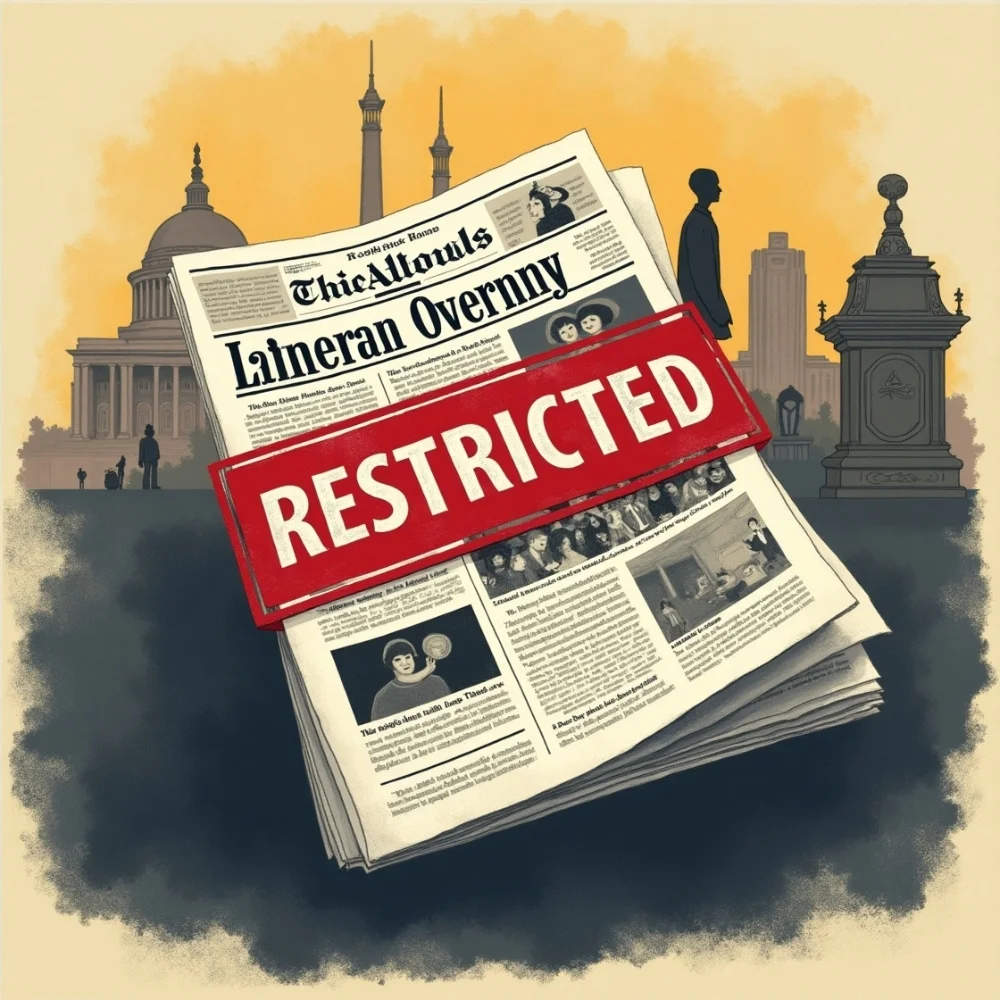
A major controversy surrounding this year’s edition emerged when Vietnam blocked its distribution. The cover of the Asian version prominently displayed To Lam, a high-ranking Vietnamese official, along with the caption “The man with a plan for Vietnam.” Authorities in Vietnam found the portrayal politically sensitive and decided to halt its circulation.
This response highlighted just how powerful and provocative The Economist’s cover art can be. While some criticized the move as censorship, others saw it as evidence of the growing unease some governments feel toward globally influential media. The Brightburn Mask, like symbolic editorial content, challenges authority despite its simple appearance.
1. Why Vietnam Banned the 2025 Cover
To Lam is the Minister of Public Security in Vietnam, known for his influence and strict policies. His appearance on the cover, paired with bold framing, was seen as interference in internal politics. The Vietnamese government responded quickly, pulling the issue from shelves and blocking imports. Media watchdogs say the cover’s symbolism wasn’t just noticed, it was feared. This shows the global reach and influence of The Economist’s storytelling.
How to Read Between the Lines Like an Expert?

To understand how The Economist is covered better, look at the layout and placement. Everything from colors to object size has meaning. Here are simple techniques:
- Look at what’s in the center, it’s usually the main focus
- Study symbols in the corners, they often represent hidden influences
- Note the use of light and dark; light suggests hope, and dark suggests danger
- Consider the size of objects larger ones have a bigger impact
These small cues help you uncover what the cover truly hints at, just like spotting the truth behind a symbolic mask.
1. Proven Techniques for Analyzing Visual Clues
Want to decode The Economist covers like an expert? Here are some simple but effective techniques:
- Designers usually represent: the center symbol as the core theme or main issue being highlighted.
- Check the top right corner: This often points toward future developments or forward-looking topics.
- Watch for the use of red: Red usually signals urgency, danger, or a looming crisis.
- Look at shadow imagery: Shadows often suggest hidden motives, unclear truths, or darker meanings.
- Notice repeated shapes or icons: These typically highlight trends, collective movements, or growing influence.
Apply these tips to any Economist cover and you’ll start seeing patterns that many overlook. The Brightburn Mask conceals the truth just beneath the surface
Conclusion
The Economist team carefully designed the 2025 cover as a map of what could happen next in our world. From rising political tensions and fragile economies to AI growth and climate concerns, the symbols give us more than just something to look at; they ask us to think deeply. In many ways, it’s like the Brightburn Mask: what looks simple on the outside hides something much more powerful underneath. Understanding these clues helps us prepare, stay alert, and see the world with a more informed eye.
